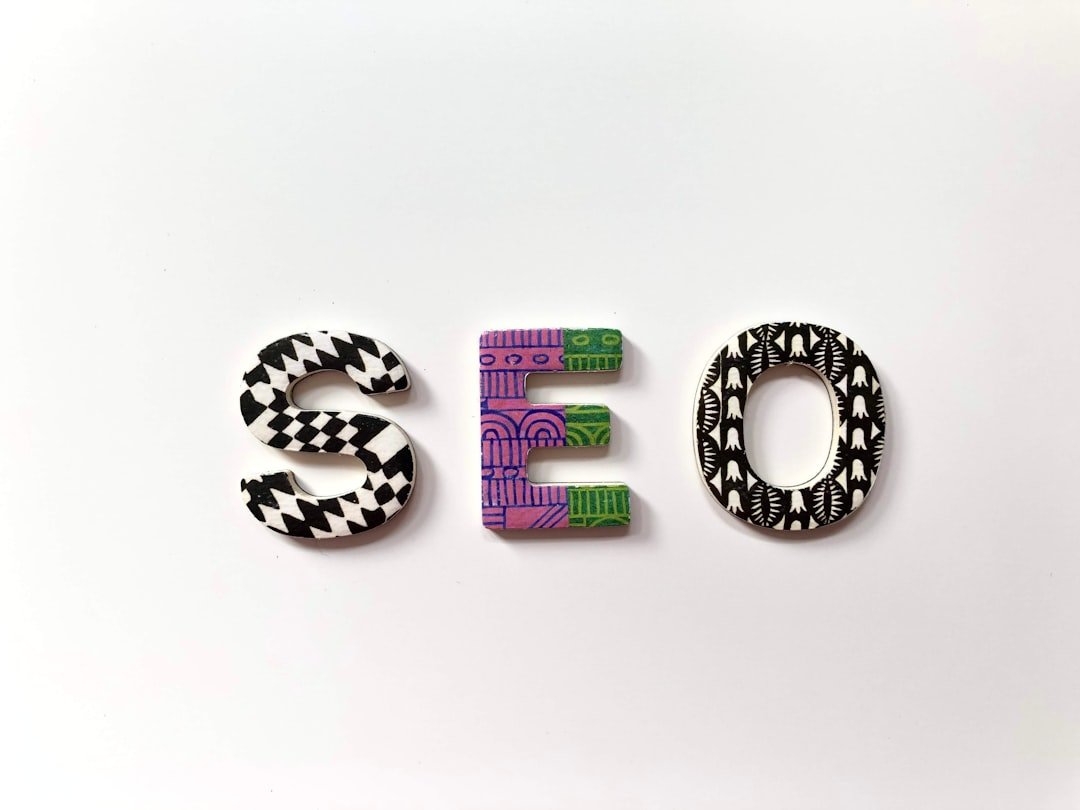Understanding the Importance of Blog Structure
When it comes to creating an effective blog for SEO, structure is everything. A well-organized blog not only makes it easier for your readers to navigate your content but also helps search engines index it more effectively. One of the first steps is to utilize categories and tags. Categories act like a road map for your blog, linking to the main themes you cover, while tags highlight specific topics within those categories. This not only enhances user experience but boosts your SEO, helping search engines understand the context of your posts.
Blog Layout Best Practices
When using HTML elements, it’s essential to understand the best practices for heading tags (h1-h4), paragraph tags, and list elements. The h1 tag is typically reserved for the main title of a page, representing its primary topic, while h2 to h4 tags serve to organize content hierarchically, breaking down sections and subsections for clarity. This structured approach enhances readability and improves SEO by signaling to search engines the importance of content. Paragraph tags are used for general text, providing space and organization to the written content, allowing for a natural flow of information. Meanwhile, list elements (both ordered and unordered) are effective for displaying information in a concise manner, making it easier for readers to digest key points or steps in a procedure. Properly using these elements contributes to a well-structured and user-friendly web page, enhancing both user experience and search engine visibility.
Image SEO Concepts Attract Readers
Supporting images play a crucial role in enhancing communication, particularly in the context of digital content. They not only make articles more visually appealing but also assist in conveying complex ideas more clearly. Additionally, from an SEO perspective, images can significantly improve search engine rankings if optimized correctly. Using descriptive alt tags is essential, as they provide context to search engines and help visually impaired users understand the content. By strategically incorporating images and utilizing effective alt tagging, content creators can enhance user experience while boosting their visibility in search results. This combination of visual appeal and proper tagging ultimately leads to more effective communication and greater audience engagement.
Linking to Related Topics
A crucial aspect of SEO-focused blogging is interlinking your content. Whenever you mention a related topic, make sure to include a hyperlink to another blog post or section that dives deeper into that subject. This not only keeps readers engaged by guiding them through your content but also signals to search engines that your blog is comprehensive. The more interlinked your content is, the higher your chances of ranking for relevant keywords soar.
Utilizing Breadcrumb Links
Bread crumb links are another underrated yet powerful tool when creating an effective blog for SEO. These links provide a clear path back to previous sections of your blog, helping readers navigate seamlessly. For instance, if a user stumbles upon a specific blog post and wants to explore related categories, breadcrumb links allow them to easily trace back without losing their current spot. This not only helps retain readers on your blog but also enhances your site’s hierarchy, helping search engines crawl and index your pages more effectively.
Closing Thoughts
In conclusion, creating an effective blog for SEO requires a balance of strategic organization and comprehensive content. By utilizing categories and tags, linking to related topics, and employing breadcrumb links, you can create a blog structure that is both user-friendly and optimized for search engines. So get started on organizing your blog, and watch your SEO rankings improve!
Thanks for reading and happy blogging! 👍
Related Articles
Stay Updated With ALL New SEO Strategies
Subscribe Below, and become informed when new articles arrive.









Leave a Reply